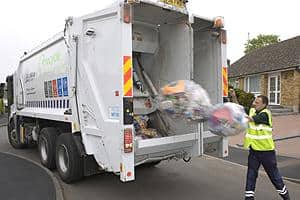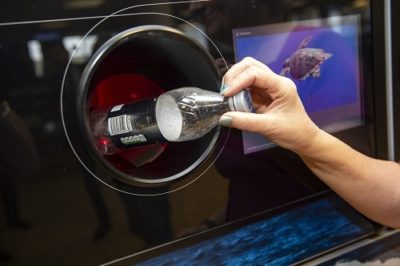However, the authors of the report, which is entitled 'Review of Kerbside Recycling Collection Systems', stress that they are not claiming one approach is cheaper than the other, but that councils should not take a “generalised” view on cost.
Instead, they use previous research of collection systems, local authority recycling data, WasteDataFlow returns from councils and contact with local authorities, MRF operators and reprocessors to conclude that the choice of collection system should be made by councils using “good quality” information.
Performance
In terms of council recycling performance, the report claims that its research provides “strong evidence” to disprove the assertion it says has been made by source-segregated supporters the Campaign for Real Recycling that kerbside sort produces higher yields of material.
Instead, it points to evidence that 26 out of the top 30 councils for dry recycling rates operate a commingled service and also undertakes analysis of data submitted by councils to the government's WasteDataFlow database which, it says show a higher yield from commingled than kerbside-sort collections.
And, it adds: “Indicative data from local authority case-study research suggests that kerbside recycling yields of 304kg/hh/year (accounting for contamination) are achievable with commingled collection schemes compared to yields of 244kg/hh/year which are achievable for kerbside sort schemes, both of which target at least five key materials (paper, card, cans, glass plastic).”
Material quality
It also claims that, based on its sample data, average rejection rates for MRFs are 4% of material, compared to the 10.85% estimate made by the Environment Agency and 7.3% “weighted average” from the Agency's figures for 2008/09.
It also highlights “much lower” contamination rates from modern MRFs that accept material including mixed plastics and glass, and “low levels” of rejection reported by MRF operators, with some stressing that low quality material was not always rejected, and was instead sold for a lower price.
And, it claims that: “Our discussions with UK reprocessors indicated that materials from MRFs are just as acceptable as kerbside sorted materials.
“For example, 'positive pick' MRFs produce higher grade plastics (J&A Young), while others say that although paper from MRFs is more contaminated (between 3% to 15% – Holmen Paper) it is perfectly acceptable (and paper from kerbside sort operations includes some degree of contamination),” it adds.
Cost
Taking issue with the apparent support for kerbside-sort as a low cost option in WRAP reports such as the 'Kerbside Recycling: Indicative Costs and Performance' (see letsrecycle.com story) and 'Choosing the Right Recycling System' (see letsrecycle.com story), the report claims that recent procurements have shown this is not always the case.
The report's co-author, Len Attrill, commented: “Our evidence is that single stream co-mingled collection schemes have been shown in some recent procurement exercises to be cheaper than kerbside sort systems; but sometimes the reverse is true.
“Our evidence takes account of the income from material sales associated with the kerbside sort option, as well as the container costs and gate fees associated with commingling, and is based upon real experience from competitive tendering situations in the last year.
“We are not asserting that we believe that one system is consistently cheaper than the other. Instead, we have clear evidence that any such generalised statement – in favour of one system or another – is untrue,” he added.
In particular, the report claims that the cost advantage of source-separated would be narrowed if the additional diversion from landfill shown in its results was factored in, which it claims is particularly important when local authorities are letting long-term contracts where “the savings through greater capture will become increasingly significant.”
And, in order for councils to decide on a collection system, it says “there is a strong argument for modelling to consider all costs and savings, which implies closer working between collection and disposal authorities in 'two tier' scenarios.”
Greenstar
In a statement, WYG said they believed the study would “dispel some of the myths” surrounding commingled collections, and this was a sentiment echoed by Greenstar UK's chief executive, Ian Wakelin, who claimed the research had established “simple truths and facts that must be allowed to fairly inform and influence those who want to find out how to recycle mow”.
“Frankly, I think the deck has been stacked against commingling. Now there is new, important and impartial evidence about commingling and other collection options,” he said.
“Given the great pressure we all face to cut waste and to recycle more, I would hope the relevant authorities will give this evidence equal emphasis when considering collection alternatives,” he added.
Support for the study also came from David Symmers, chief executive of trade body The Recycling Association, who said it would make a “valuable contribution” to understanding the pluses and minuses of different recycling collection options.









Subscribe for free